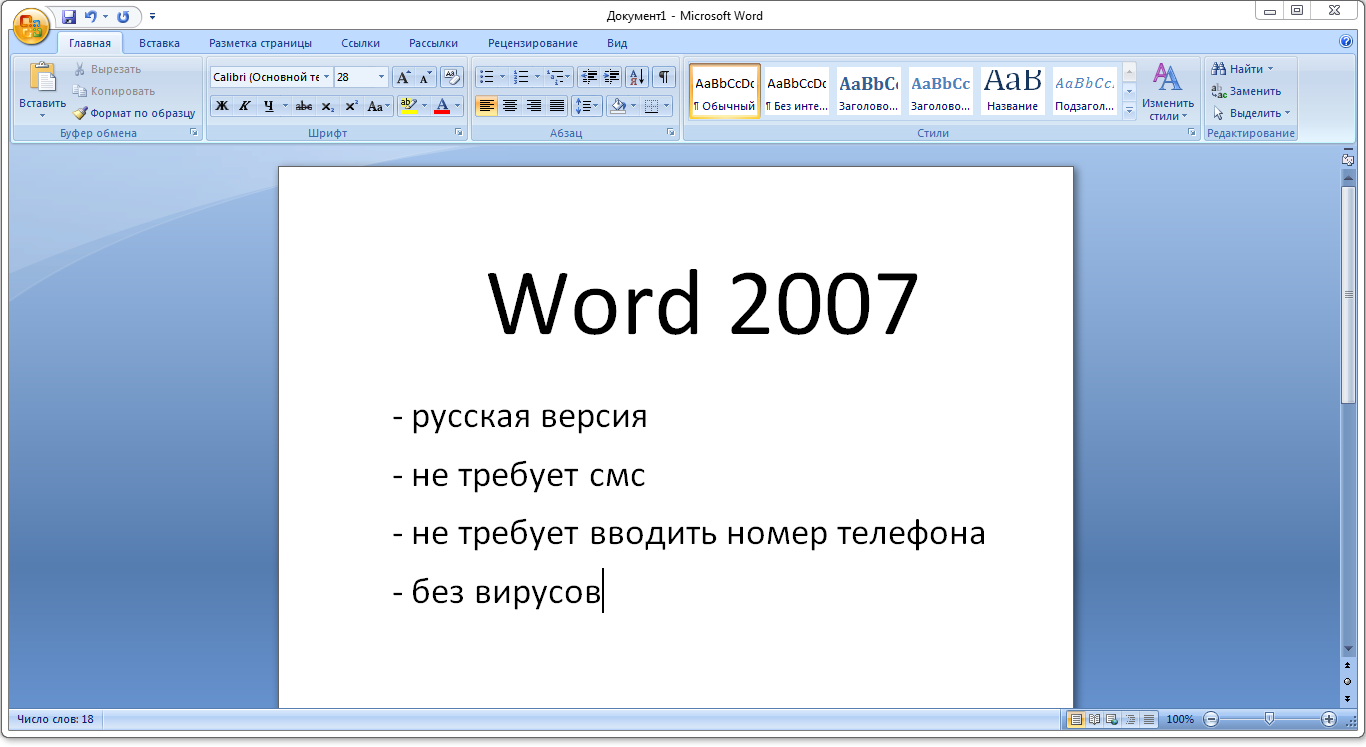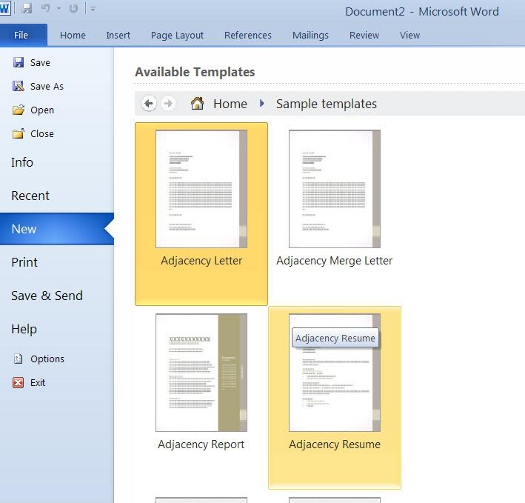

Your network administrator may set a shared location as a source from which to provide templates that are used throughout your workgroup or company. For more information, see the "Changes in the Windows registry settings for the user templates file location and for the workgroup templates file location" section. The path is used the next time that you want to save a new template. The changed path is noted in the Windows registry. Select OK or Close to close the Options dialog box. In the Modify Location dialog box, change the setting in the Folder name list or the Look in list to the folder in which you want to save your new templates. Select User templates, and then select Modify. If you are using Word 2010 or later versions, select File > Options. If you are using Word 2007, click the Microsoft Office Button, and then click Word Options. If you use Word 2007 or Word 2010 to change the location in which your new templates are saved, you also change the location in which all 2007 Office program templates or all 2010 Office program templates are saved.

Additionally, this article contains information about registry settings that control where you find custom templates. This article describes the different types and locations of templates in 2007 Microsoft Office programs and in 2010 Office programs.


 0 kommentar(er)
0 kommentar(er)
